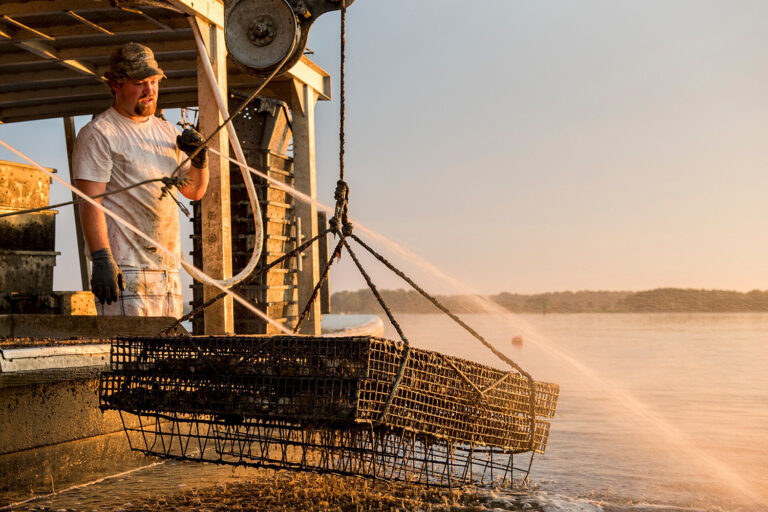
Responsibility
Ocean warming increases worries of Vibrio-related foodborne illnesses
European researchers are investigating the prevalence of Vibrio, common bacteria in many types of shellfish, and identifying high-risk zones.

Responsibility
European researchers are investigating the prevalence of Vibrio, common bacteria in many types of shellfish, and identifying high-risk zones.
Aquafeeds
Black soldier fly meal should be recognized as a functional feed additive, supporting antioxidation, immunity and gut health in farmed fish.
Fisheries
Regulation outside of gear specifications is needed for this common sole fishery with no additional selective device that will increase retention.
Aquafeeds
A new study finds that more omega-3 fatty acids in salmon diets boost survival, efficiency and quality, proving ROI in better nutrition.
Responsibility
A review of 37 years of data finds that the nutrient status of a freshwater loch was not significantly altered by farming.
Intelligence
Survey says ready-to-eat seaweed products added to familiar foods drives consumer appeal, and other insights for the seaweed farming sector.
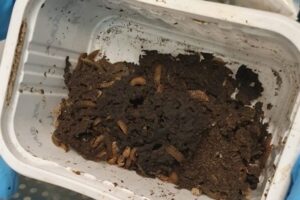
Bristleworms and fly larvae can feed on fish sludge, but scientists say strict monitoring is key to keeping the food chain safe.
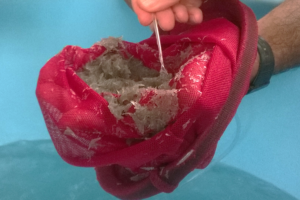
Results revealed variations in protein digestibility across developmental stages of L. vannamei, underscoring the importance of stage-specific dietary formulations.
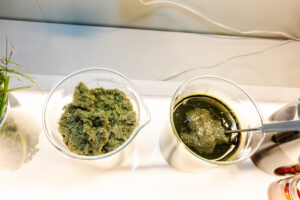
The Norwegian Institute of Bioeconomy Research seeks to turn grass into protein-rich fish feed in an effort to reduce dependency on soy.
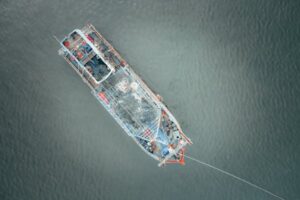
A new study finds aquaculture is driving growth in Malaysia’s aquatic food sector but that reforms are needed to ensure sustainability.
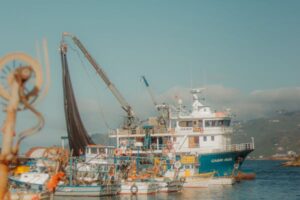
GSSI-certified fisheries now meet MarinTrust’s key pre-check, reducing duplication and streamlining certification for marine ingredients.
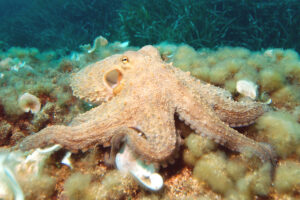
Study concludes that average total latent productivity (TLP) is the correct sustainable harvest rate for fluctuating stocks like octopus.
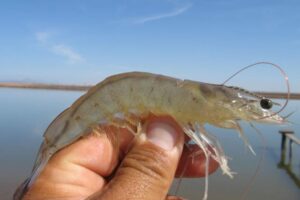
SeekIt™ enables rapid, equipment-free molecular diagnostic testing for aquaculture diseases, matching qPCR sensitivity in detecting WSSV while being easy for field use.
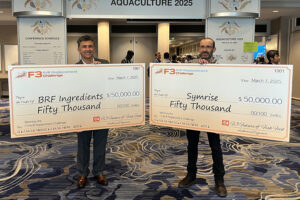
Brazil's BRF Ingredients and Germany's Symrise won the F3 Krill Replacement Challenge for innovations in replacing krill in aquaculture feed.
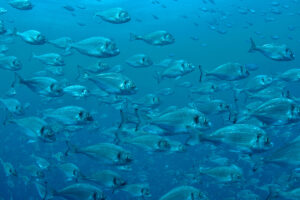
Sanacore®GM, a broad range health-promoting feed additive, has been shown to reduce carbon emissions in sea bream farming by 7.5 percent.
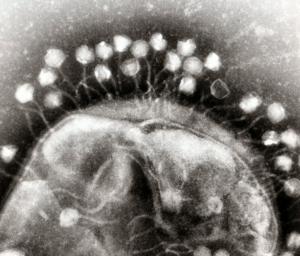
Bacteriophage therapy instead of antibiotics to treat bacterial diseases in aquaculture is still in the early stages of development but has potential.
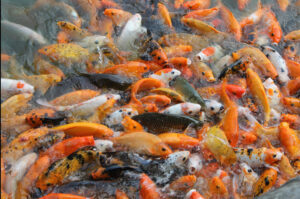
Aquatic Life Institute's Tessa Jane Gonzalez says incorporating animal welfare into aquaculture decision-making has strong ties to sustainability.
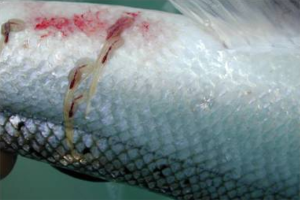
EVAH’s patented in-feed treatment targets sea lice with over 99 percent efficacy, aiming to cut costs and improve fish welfare.
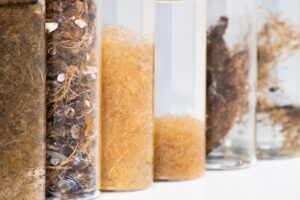
Seastex upcycles mussel waste into ‘seawool’ – a recyclable, biodegradable textile offering a green alternative to synthetics.
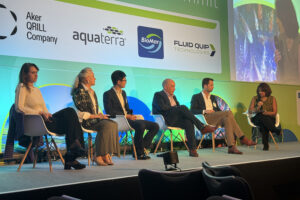
Speakers at the Blue Food Innovation Summit addressed numerous issues like aquafeeds, new technologies and defining the “smallholder.”
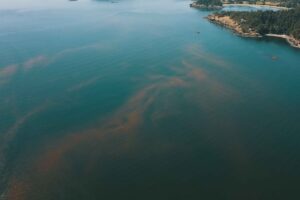
New UK-wide training will help aquaculture tackle harmful algal blooms with standard reporting and early warning systems.
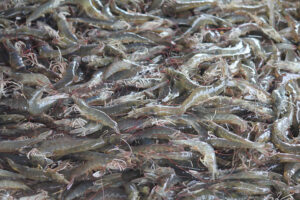
Study aims to increase awareness and knowledge about shrimp grow-out to enhance product quality, optimize efficiency and address animal welfare.

Kingfish Maine wins the final legal battle, as state’s high court upholds permits for land-based yellowtail aquaculture facility.
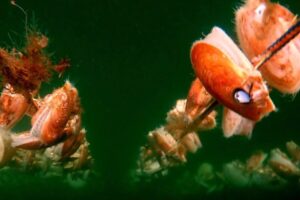
A new UMaine study compares scallop farming methods, offering insights to help Maine growers boost yields, reduce labor and increase profits.
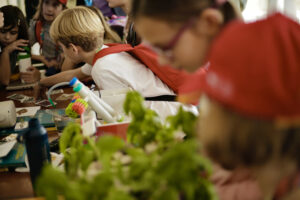
The Farmers of the Water program empowers young consumers to appreciate farmed fish and actively engage with the aquaculture industry.
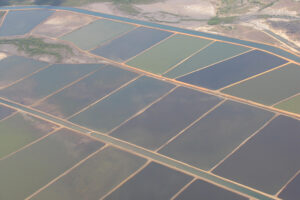
Enhanced sulfide burial seen as a scalable, cost-effective pathway to mitigate the carbon footprint of fish farming and a tool for climate solutions.
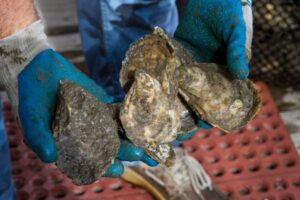
New global research initiative targets more sustainable, resilient mollusk farming in Asia amid climate and food security challenges.
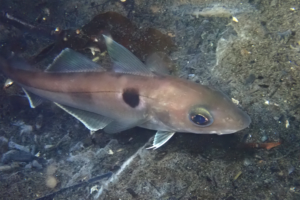
Una revisión exhaustiva de la aplicación de modelos multi-especies en la investigación pesquera, destacando sus usos geográficos y específicos de cada especie.
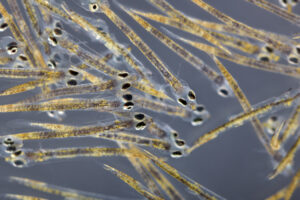
Revisión bibliográfica de las interacciones entre la microbiota acuática, la microbiota de alimentos vivos, la microbiota del sistema inmunitario e intestinal, y las comunidades microbianas de biopelículas en sistemas de cría.

Los resultados revelaron variaciones en la digestibilidad de las proteínas a lo largo de las etapas de desarrollo de L. vannamei, lo que subraya la importancia de formulaciones dietéticas específicas para cada etapa.